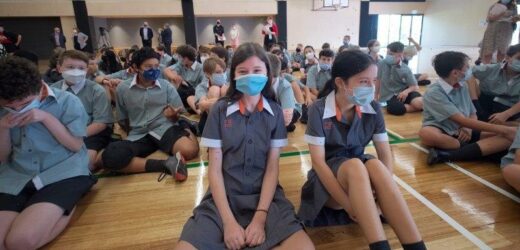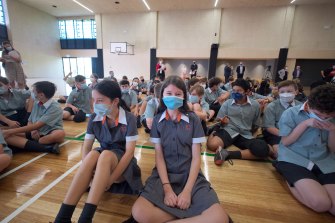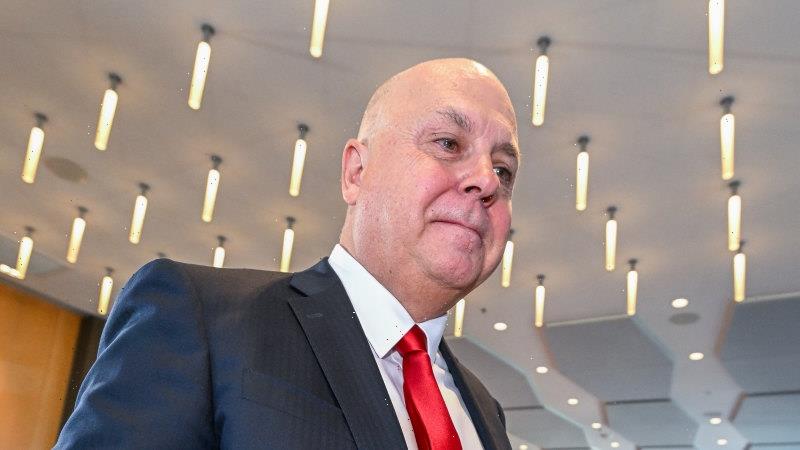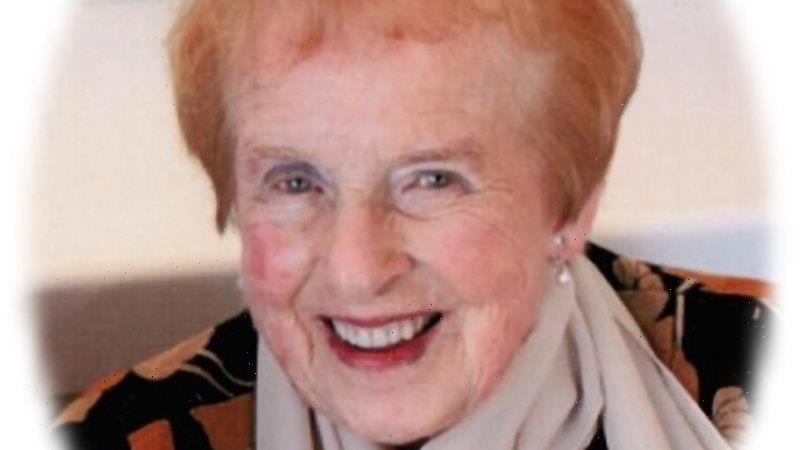Key points
- More than 1900 teachers will be hired to pay for a reduction in teaching hours.
- Thirteen schools to be built in outer suburbs and dozens upgraded across state.
- $131 million to lift students’ literacy and numeracy, mostly in middle years.
- VCE and VCAL merger to cost $277m, boosting vocational and applied learning
A pandemic-induced dip in Victoria’s population has not slowed the state’s school building boom, with $1.8 billion committed to building 13 schools in Melbourne’s outer suburbs, acquiring land for future schools in growth areas and upgrading dozens of existing schools across the state.
Students with disability have come in for special attention, with 36 special schools to receive $326 million for upgrades, roughly half of the total funding in the budget for school upgrades in 2022-23.
Victoria’s school building boom will continue. Credit:Luis Ascui
None of the new schools – eight primary schools, three secondary schools and two special schools – will be built in inner suburbs or regional areas.
In Melbourne’s west, schools will be built at Aintree, Tarneit, Truganina, Lollypop Creek, Brookfield and Riverdale; at Aitken Hill, Lockerbie and Merrifield South in Melbourne’s north; and in Officer and Clyde North in the outer south-eastern suburbs.
Treasurer Tim Pallas noted in his budget speech that the commitment will ensure that the Andrews government has upgraded every special school in the state since coming to power in 2014.
The cost of the government’s three-year agreement with the teachers’ union has also been budgeted at $779 million, which will go to recruiting 1900 new state school teachers.
The agreement, struck earlier this year, will give teachers less face-to-face classtime and more time for lesson planning, with a one-hour-a-week reduction in teaching time next year and a further 30-minute reduction in 2024.
It is part of a $1.7 billion spend on school initiatives in the budget.
There is also funding to try to improve students’ reading and maths skills, with the budget papers revealing that the state missed most of its targets for student achievement in literacy and numeracy last year.
In primary school, the percentage of students above the bottom three NAPLAN bands was below the state target in year 3 reading and numeracy and in year 3 numeracy. In secondary schools, targets were missed in year 7 and 9 numeracy and year 9 reading.
Year 3 reading was the only one among eight categories where students met the state target for reaching the top two bands.
The budget seeks to lift student literacy and numeracy levels, mostly in the middle years, with $131 million to lift more students into higher NAPLAN bands, including $87.2 million for identifying students who need more support to reach the level they will need to successfully graduate from school into work or further study.
There is also $17 million to train primary school teachers to be maths and science specialists and $10 million to tackle the problem of too many teachers taking science, maths and technology classes out-of-field.
The budget also includes $11.3 to expand a pilot phonics program for prep students into all government primary schools.
The merger of the VCE and its applied learning alternative, VCAL, into a single certificate will cost $277.5 million, and will expand the availability of vocational and subjects in many schools that do not currently have a strong VCAL program.
“Make no mistake, this is a big ticket item … the biggest reform of the VCE since its inception,” Mr Pallas said.
“No longer will we be pigeonholing kids into technical or academic prowess.”
The Morning Edition newsletter is our guide to the day’s most important and interesting stories, analysis and insights. Sign up here.
Most Viewed in Politics
From our partners
Source: Read Full Article



